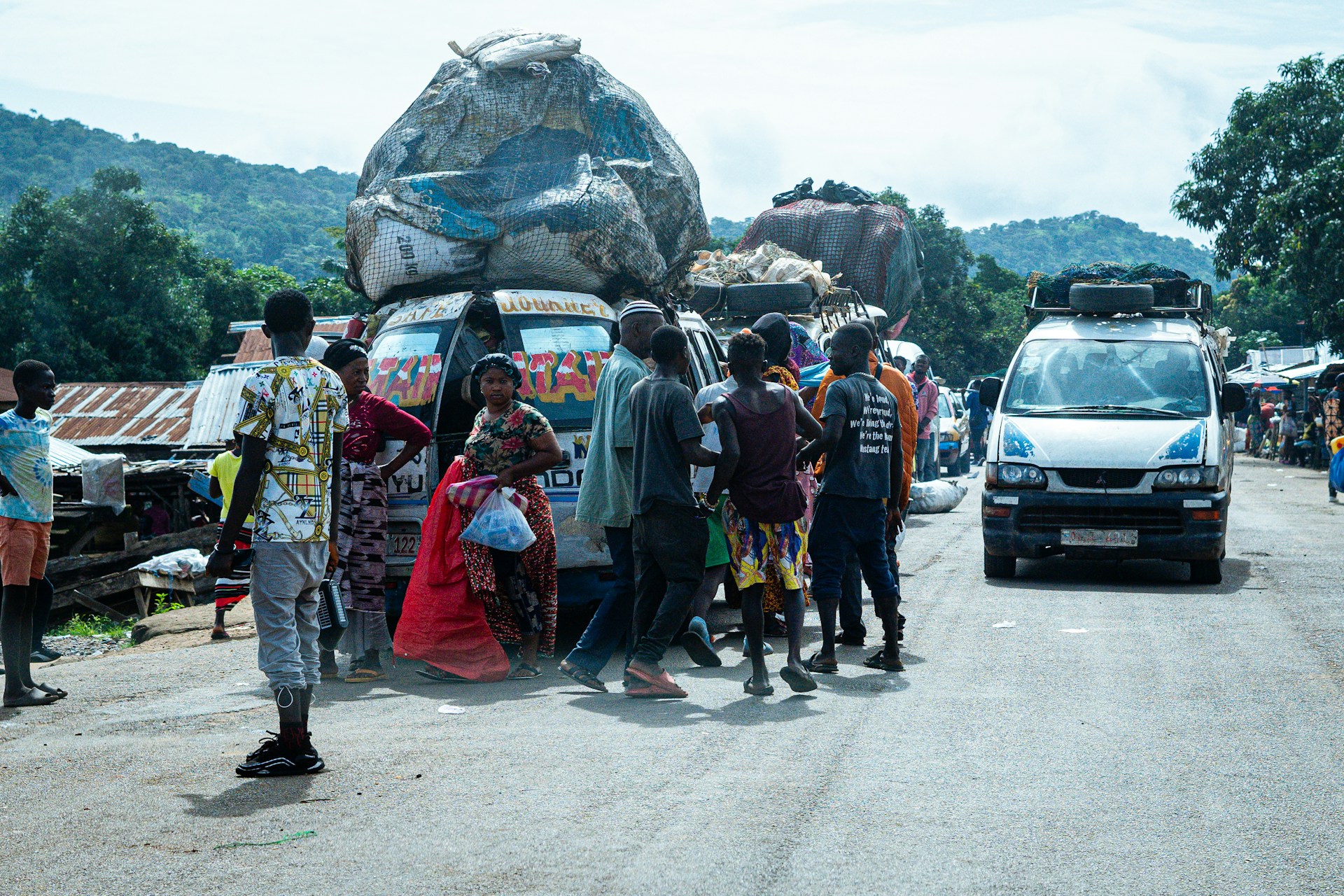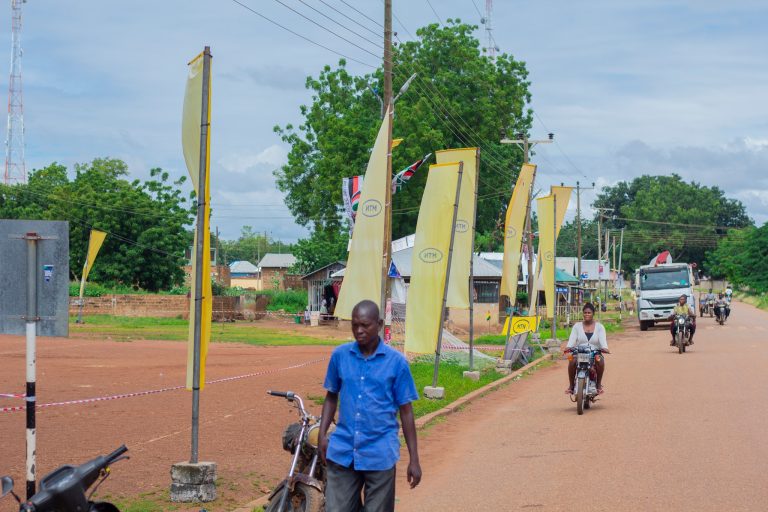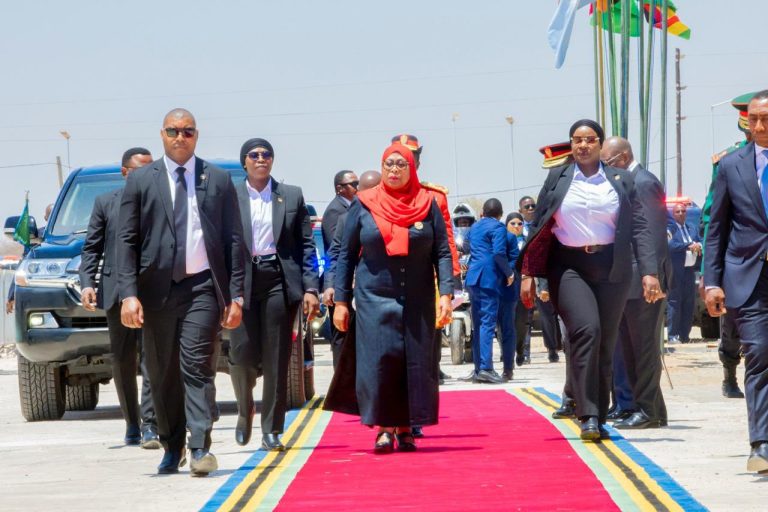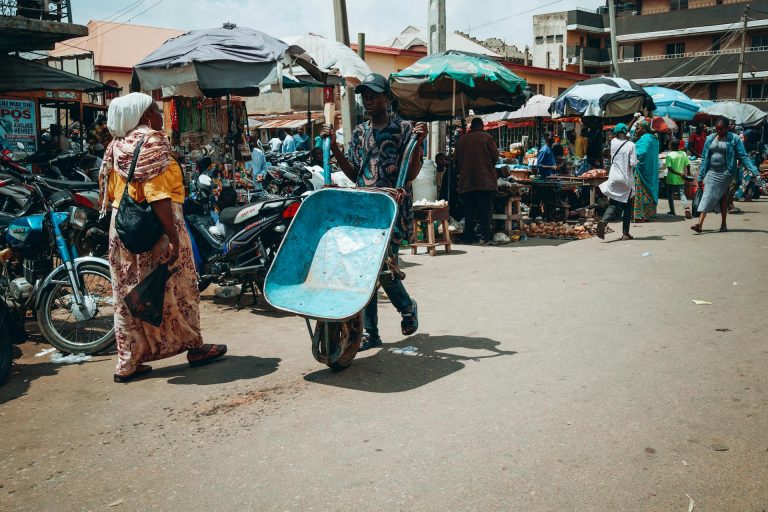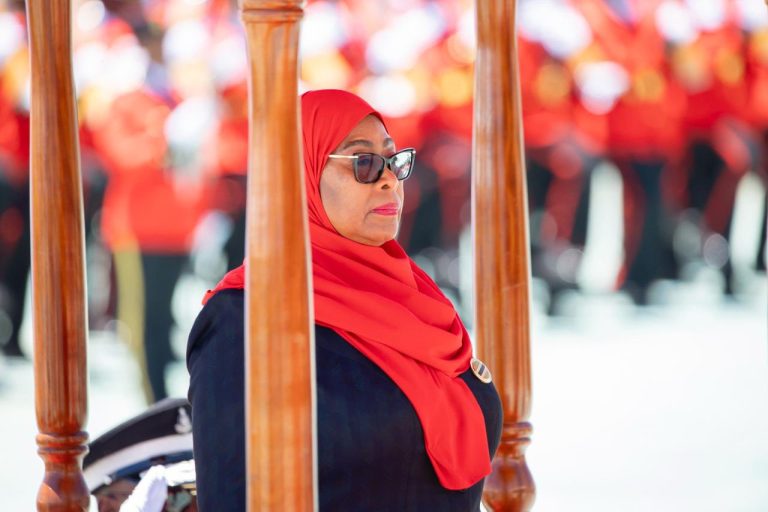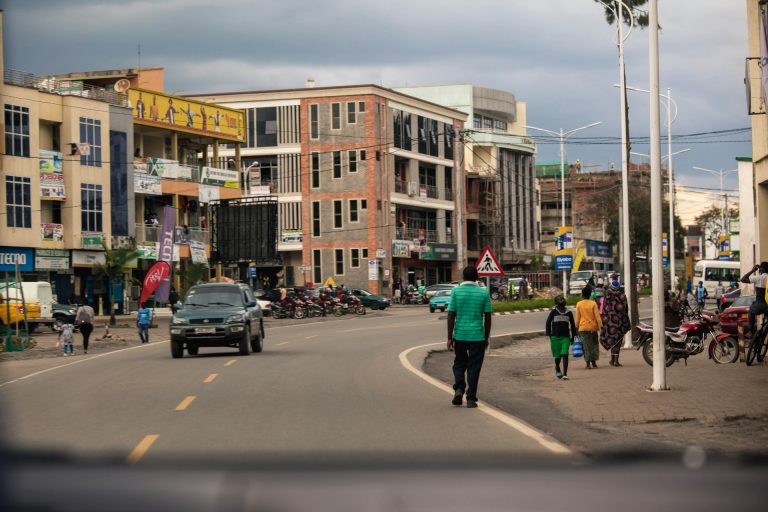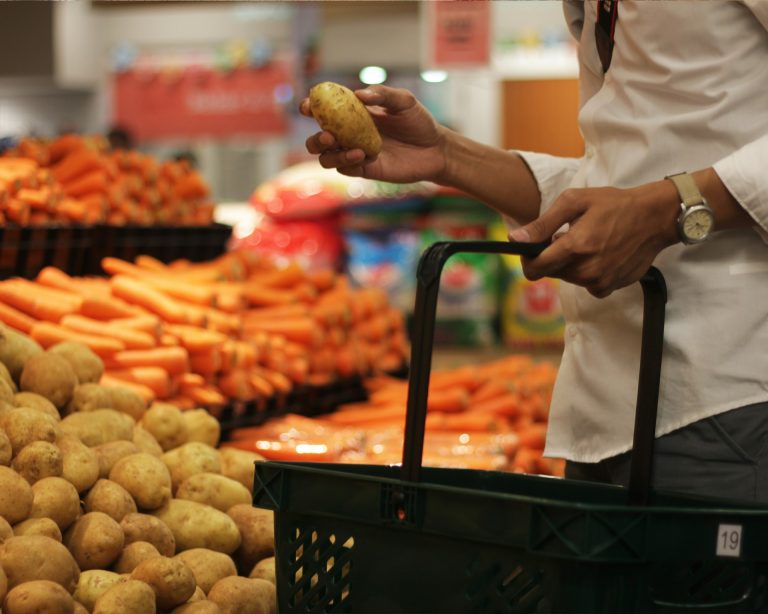- October inflation edges higher amid rising housing and transport costs
- Analysts see mild price pressures but expect outlook to remain stable
WINDHOEK, NAMIBIA – Namibia’s headline inflation edged up to 3.6% year-on-year in October 2025, slightly higher than 3.5% in September and 3.0% a year earlier, according to the Namibia Statistics Agency (NSA).
“This signals a modest pick-up in price growth after several months of relative stability,” the NSA said in its October Consumer Price Bulletin released on Thursday.
On a monthly basis, overall prices increased by 0.5%, following two consecutive months of no change.
The main contributors to the annual inflation rate were housing, water, electricity, gas, and other fuels, which added 1.0 percentage point, followed by food and non-alcoholic beverages at 0.9 percentage points and alcoholic beverages and tobacco at 0.6 percentage points.
Investment firm Simonis Storm said the latest reading indicates “mild upward pressure stemming mainly from higher housing and transport costs, while food inflation continued to ease.”
The firm noted that transport inflation strengthened to 2.1% year-on-year in October, “reversing the deflation recorded earlier in the year.”
“The rise in transport inflation is largely attributed to higher costs associated with the operation of personal transport equipment (+1.7% y/y), reflecting increases in petrol and diesel prices (from -12.3% to +0.8%), vehicle maintenance (+6.2%), and lubricants (+7.4%),” Simonis Storm said.
The purchase of vehicles component eased slightly to 3.8% y/y, while public transport inflation moderated to 0.8%.
Inflation outlook remains stable but faces risks
Namibia’s core inflation stood at 3.7% y/y in October, slightly above the headline rate, reflecting persistent price pressures in non-tradable sectors such as education, housing, and healthcare.
Goods inflation rose modestly to 3.4%, while services inflation climbed to 4.0%, underscoring a continued shift toward service-driven price growth.
Economists warn that elevated fuel and transport costs — driven by geopolitical tensions and seasonal demand — could keep inflation under mild upward pressure through early 2026. Meanwhile, housing and utility costs are expected to remain firm amid supply constraints and rising municipal tariffs.
Potential shifts in U.S. trade policy toward South Africa, a key Namibian trading partner, also pose external risks that could affect import prices for vehicles and machinery.
The International Monetary Fund (IMF) projects global inflation to average 6.9% in 2025, easing toward 4.0% in 2026, providing some relief to emerging markets.
Experts say the Bank of Namibia faces a delicate policy balance, with a “60% probability of a 25 basis-point rate cut” at its next monetary policy announcement on 3 December, as it seeks to support growth while maintaining price stability.
